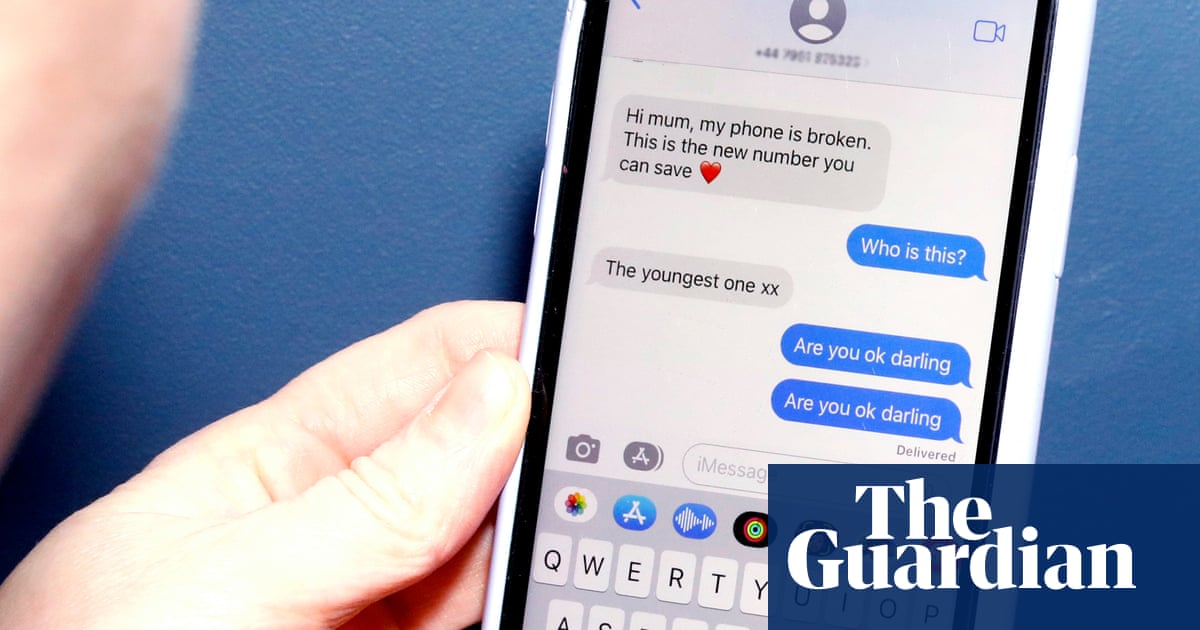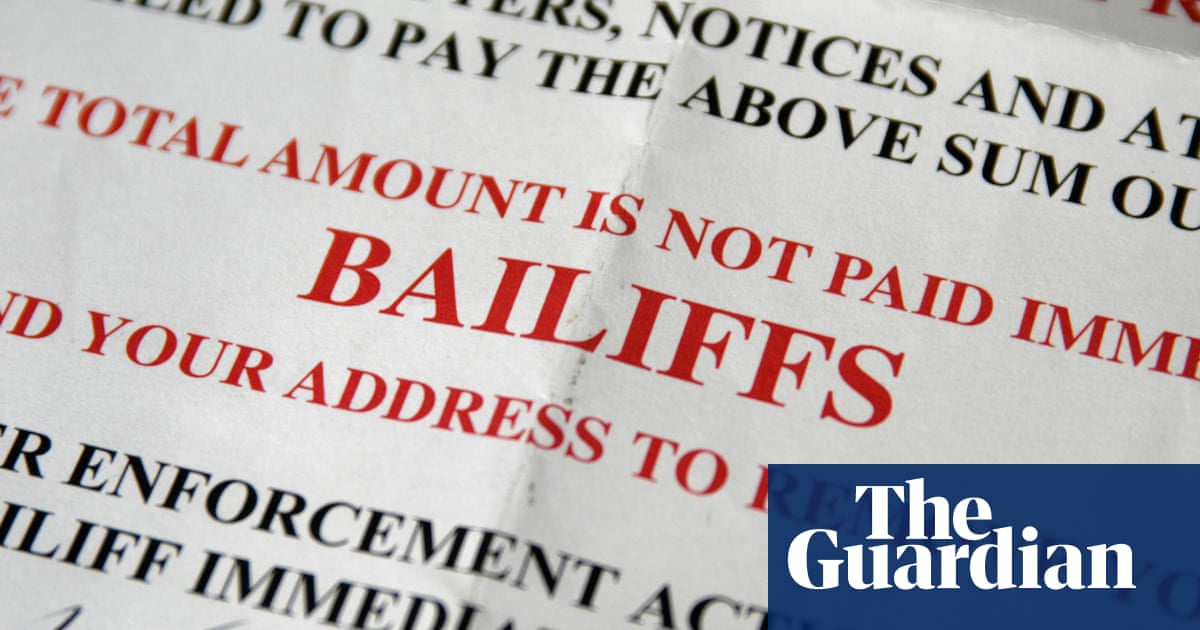
lack families in the US have gone hungry at two to three times the rate of white families over the course of the pandemic, according to new analysis which suggests political squabbling over Covid aid exacerbated a crisis that left millions of children without enough to eat.
An investigation into food poverty by the Guardian and the Institute for Policy Research (IPR) at Northwestern University found gaping racial inequalities in access to adequate nutrition that threatens the long-term prospects of a generation of Black and brown children.
The statistical analysis by economists at IPR is based on landmark research by the Census Bureau tracking in real time the impact of the pandemic on hunger, jobs, housing, mental health, finances and schooling.
Food insecurity, a more expansive hardship measure than hunger, has been at the highest level since annual records began in the mid-1990s, including after the Great Recession, IPR’s analysis shows.
In the week before Christmas, about 81 million Americans experienced food insecurity, meaning that one in four people in the so-called richest country in the world did not have reliable access to sufficient nutritious food needed for a healthy active life.
Our analysis, drawing on data from the nationwide surveys, found:
Hunger – defined as not having enough to eat sometimes or often during the previous week – has been reported between 19% and 29% of Black households with children over the course of the pandemic. This compares with 7% to 14% of white American families.
Latino families have experienced the second highest rates of hunger, ranging from 16% to 25% nationally.
Racial disparities varied across states: Black families in Texas reported hunger at four times the rate of white families in some weeks, as did Latinos in New York.
Overall, hunger declined sharply last month, but is falling far slower for people of color.
“Food insecurity and poverty are absolutely racialized, so it’s horrifying, but not surprising, that Black and brown people have suffered disproportionately,” said Paul Taylor, executive director of FoodShare, a Toronto-based food justice organization.
Overall, the rate of hunger for families with children has been on average 61% (41% to 83%) higher than for adult-only households.
This is particularly troubling as inadequate nutrition can damage children’s emotional, physical, and mental wellbeing, and the consequences can last a lifetime.
“Covid has amplified existing disparities in education, food insecurity, unstable housing and health outcomes for a whole generation of children,” said Dr Leana Wen, an emergency physician and public health professor at George Washington University. “Children have borne the brunt of the lack of action to contain Covid-19 and the failure to prioritize schools.”
In that week before Christmas, as former president Donald Trump stalled signing the third Covid relief package, an estimated 45 million Americans reported not having enough to eat.
“The prevalence of hunger in the US is a political choice,” said Molly Anderson, professor of food studies at Middlebury College in Vermont. “Inequalities are down to political decisions.”
‘We don’t eat well … we’ve got too many bills’
In Houston, Gloria Gomez, 64, was laid off last June after 22 years working for the same cleaning company. She was the main breadwinner as husband Neftali, also 64, is hearing impaired, and the couple have struggled to keep up with rent, health insurance and loan repayments.
“We bought a fridge and air conditioning unit on credit because I never imagined being without a job. The stimulus cheques and unemployment help, but it’s not enough, we’ve got too many bills. We’ve used up our little savings, I don’t know how we’ll survive going forward,” said Gloria outside the family home. The toilet is blocked but they cannot afford a plumber.
Weekly trips to a food pantry help, but Gomez, who is originally from El Salvador and has several diet-related illnesses including high cholesterol and diabetes, is anxious about damaging her health.
“We don’t eat as well, I feel depressed, I don’t sleep much worrying what will happen if we can’t pay the medical insurance. I’ve worked all my life, this is traumatizing.”
Food poverty does not exist in a bubble. A recent survey found that one in eight Americans has reduced food spending to pay for healthcare, with Black Americans twice as likely to be unable to afford quality healthcare compared to white Americans.
The depth and speed of the current economic downturn was unprecedented, but the longstanding gaps in wealth and wages indicate that Black and brown households will take longer to bounce back, according to Kyle Moore, an economist with the Economic Policy Institute’s program on race and ethnicity.
“In periods of general economic growth, racial disparities in a wide range of poverty indicators have remained constant, suggesting a lack of political will over decades to tackle the root causes. Black and brown households have been hardest hit in every economic crisis, and taken the longest to recover,” said Moore.
But for government interventions the pain would have been much worse for folks like Gomez: the extraordinary measures include three relief payments, enhanced unemployment insurance, the expansion of food stamps (Snap) and universal free school meals.
Yet aid was often delayed by bipartisanship or bureaucracy, it was mostly temporary, and far from universal, with some vulnerable communities such as undocumented migrants and cash-in-hand workers excluded almost entirely. Millions of struggling Americans lost federal unemployment benefits between August and January as lawmakers and Trump bickered over how much people deserved.
Even as economic and food assistance reached struggling families none of the short term federal fixes came close to mitigating existing racial inequalities that had left Americans of color less able to weather unexpected economic storms.
In 2019, at the end of a period of historical economic expansion, unemployment for Black Americans was double that for white Americans, while the poverty rate for Black children was triple. Black and Latino workers are significantly more likely to earn the minimum wage or less than white workers.
When the pandemic struck, the average Black family had $1,500 in emergency savings, whereas a typical white family had more than five times that amount, according to the Federal Reserve. Only 10% of Latino families had enough savings to cover six months of expenses, compared with 36% of white families.
In Houston, Michael Birden, 45, an army veteran and electrician with six children, has been unfit for work since receiving an electric shock several years back. Before the pandemic, Birden supplemented his $1,100 monthly disability pension with cash-in-hand electrical jobs in the neighbourhood. When the pandemic struck, people stopped calling. He had no savings; his rent is $729 a month. As of last week, Birden was yet to receive the third relief payment authorized by Joe Biden last month.
“The hardest thing has been trying to keep up with the bills. I’ve been living day to day, just trying to survive,” said Birden, while waiting in line at West Houston Assistance Ministries (Wham) food pantry.
Birden, who is Black, comes three times a week for a couple of bags of groceries, and for now, the food pantry and the kindness of friends is all he’s got. “Of course I go to bed hungry … I only have what they give me here.”
As many as 43% of Black households with children have been food insecure during the course of the pandemic – the highest rate nationally for any community since records began. Despite a substantial fall last month, about one in three Black and Latino families are still food insecure.
Between 17% and 26% of white American families experienced food insecurity over the past year – illustrating the extent to which hardship spread into previously economically resilient communities.
Since Christmas, food insecurity has fallen by 35% among white families, compared to 26% of Black families, 21% of Asian Americans and 15% for Latinos.
The stark racial disparities – which reflect wider economic trends – were entirely predictable, according to advocates. “Racism is one of the core causes of food insecurity in this country, because racism is part of the fundamental structure of capitalism,” said Andy Fisher, author of Big Hunger.
Native Americans, who have long suffered some of the highest rates of food insecurity, were surveyed but the data has not been published.
Children went hungry as politicians bickered
The past year has been particularly tough for children from low-income households, who are disproportionately Black, brown and Indigenous. Before the pandemic, more than 20 million children got free school lunches; just over half of those also received for free breakfast. “The biggest challenge has been getting food to hungry kids out of school,” said Regi Young, chief strategy officer at the Houston food bank.
Children who live in food insecure households are likely to get sick more often, recover from illness more slowly, and end up in the emergency room more frequently, according to the American Academy of Pediatrics. Insufficient nutritious food impedes learning, and is linked to higher levels of asthma and depression.
On a recent piercing hot afternoon, Eunice Gutiérrez was parked in a long line of cars with her four-year-old US-born daughter, waiting for the Vino Nuevo church in Edinburg in the Rio Grande Valley (RGV) to open its weekly pantry.
Originally from Mexico, Gutiérrez is financially dependent on her partner, a day labourer in construction and landscape gardening. He was unemployed for four straight months last year, and even now is struggling to find regular work, but as undocumented migrants they have been excluded from Covid relief. Gutiérrez borrowed money from her brother in New Jersey, but they are still behind on the rent.
“Everything is so expensive here. We’ve survived on the food stamps for my daughter and what we get here. I don’t mind that some stuff is a few days old, we’ve never gotten sick,” said Gutiérrez, 46.
Consumer food prices increased significantly last year, while some of the world’s biggest food companies saw profits rise.
Over recent decades, the US safety net for families with children – which has always been less generous and less funded compared with other rich countries – has shifted to supporting those in work. “When the pandemic struck and so many jobs were lost, there were big holes in the safety net, especially for those who couldn’t access unemployment insurance because of their migration status or because they left work ‘voluntarily’ to care for children when schools closed,” said Diane Whitmore Schanzenbach, IPR director.
An increase in food stamps for some recipients including the Gutiérrez family has helped, as did the creation of Pandemic-EBT, a program of electronic vouchers to replace meals during school closures.
Yet food pantries continue to see long lines. “The number of Covid cases has fallen and risen, but demand for food has kept surging. The truth is, we’re never going to foodbank our way out of hunger,” said Stuart Haniff, CEO of the RGV Food Bank.
Short-term help, long-term causes
On his third day in office, Biden signed an executive order instructing his officials to address the growing hunger crisis which the pandemic has exposed and deepened.
There are signs of improvement thanks to the latest relief cheques, Biden’s expansion of P-EBT, (as well as overdue back payments), and states reopening businesses especially in the service industry. Still, the latest figures show that about 29 million Americans continue to experience hunger (60 million are still food insecure), and the racial inequalities remain stark.
But, the pandemic did not create America’s hunger divide.
Amid a clear shift in the politics of poverty, advocates are urging Biden to make some Covid relief measures permanent, including universal free school meals and the new child tax credit which could ease food insecurity in the long term.
But neither charity nor government assistance will dismantle structural inequalities that keep millions of Americans trapped in poverty. In 2019, about 35 million Americans relied on food charity, and almost 80% of households receiving food stamps had at least one worker, while about one-third included two or more workers – a clear indication that many families do not make a living wage.
Taylor said: “Food insecurity is absolutely a political choice, 100%. This could be in our history books if governments decided to tackle poverty and food insecurity, but this can’t be done unless we disrupt capitalism.”
Data reporting by Nina Lakhani and Aliya Uteuova.
The second part of Nina Lakhani’s special report will be published later this month and will examine the deep roots of America’s food insecurity problem












